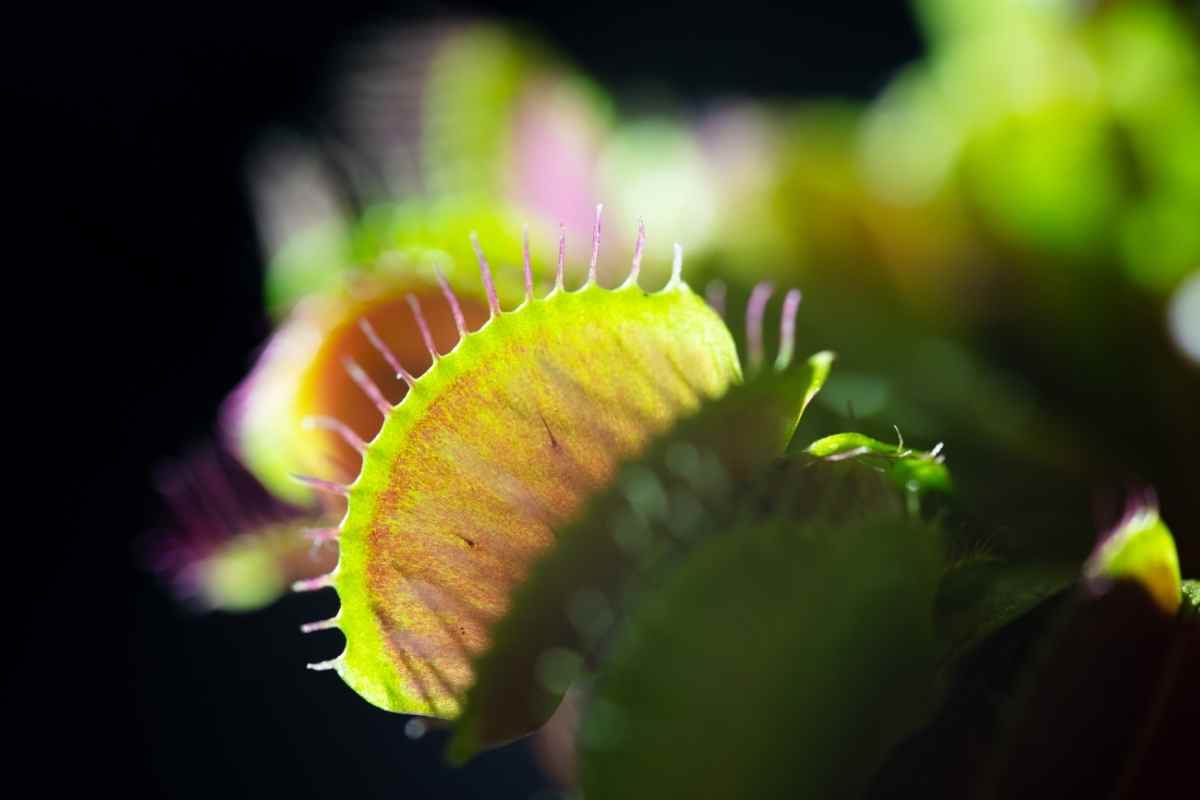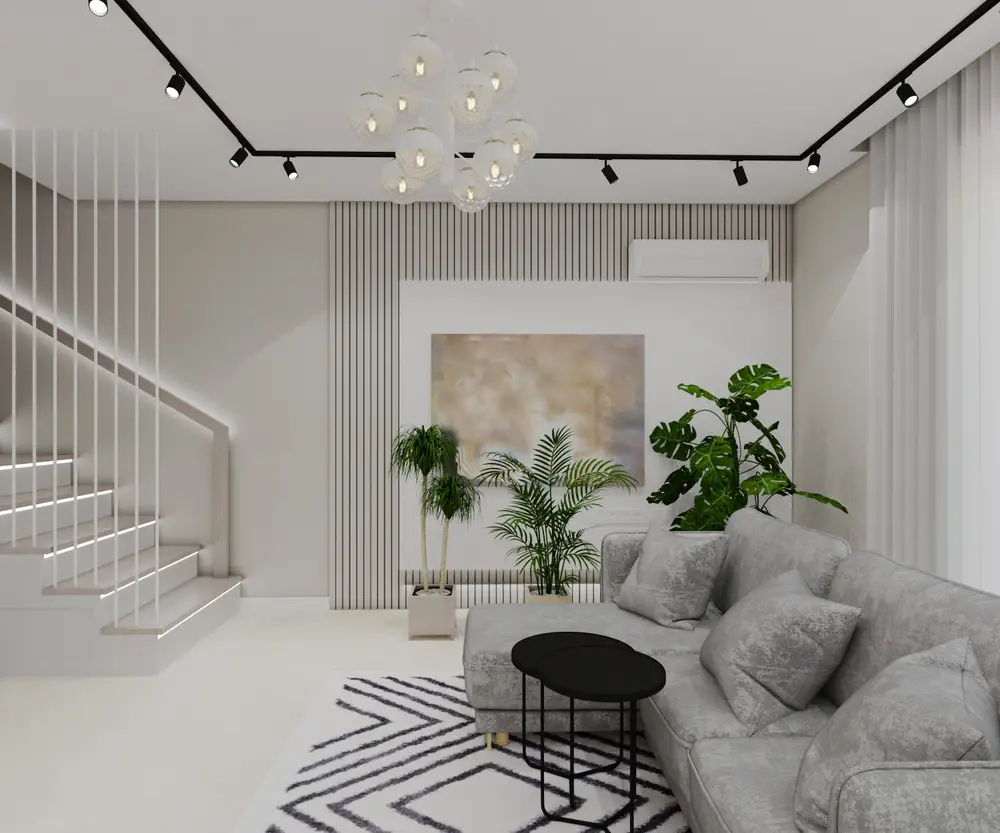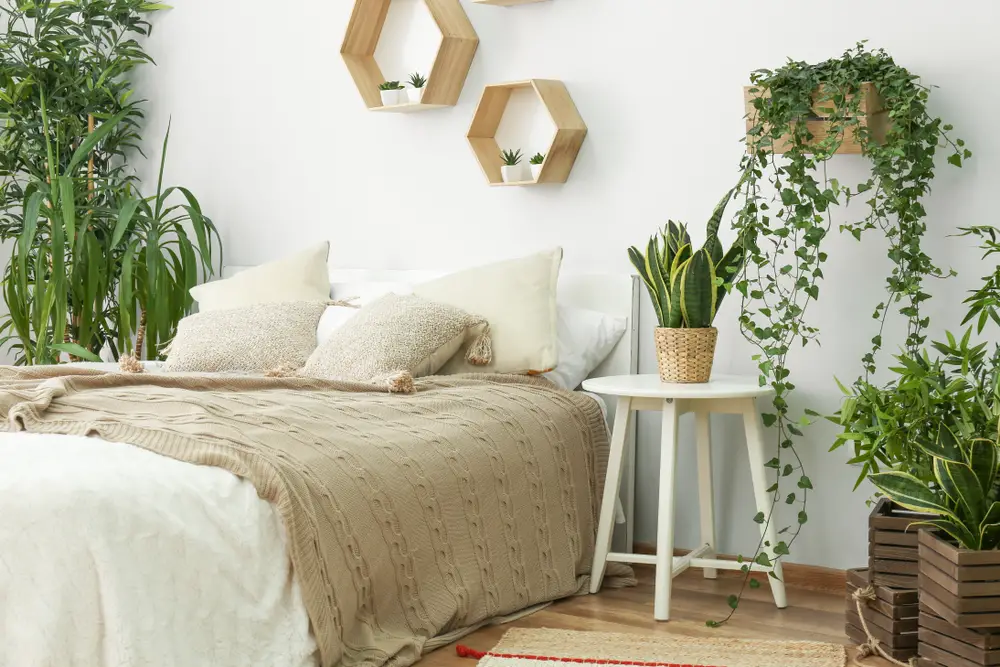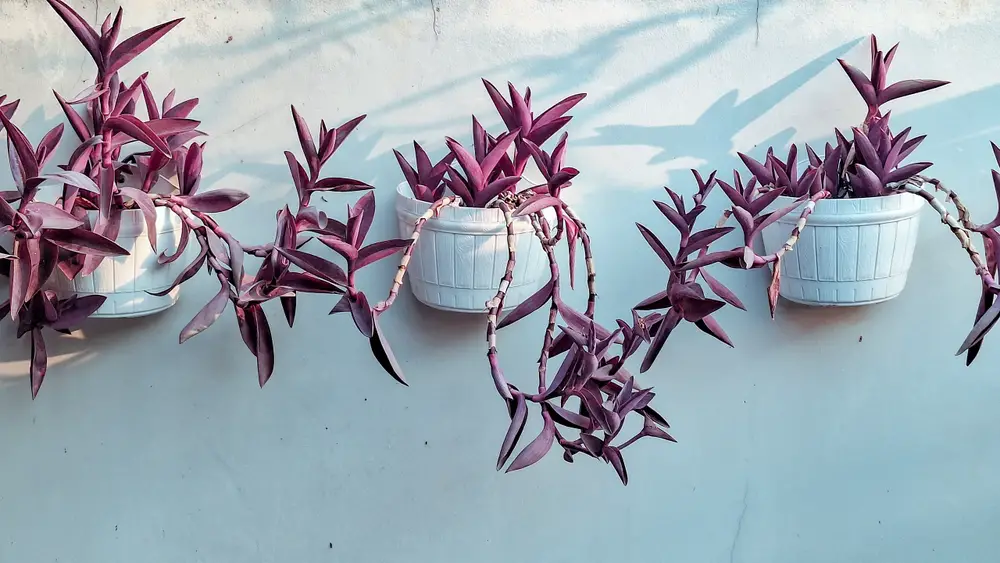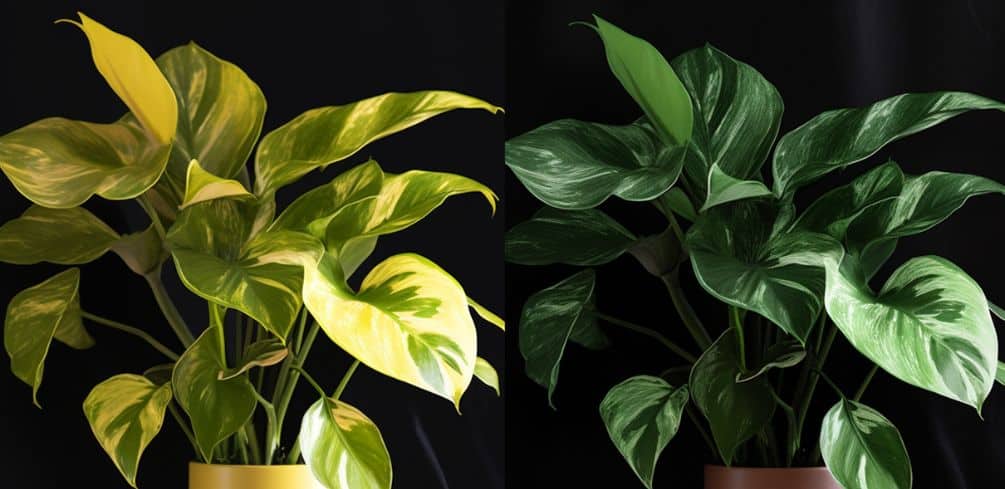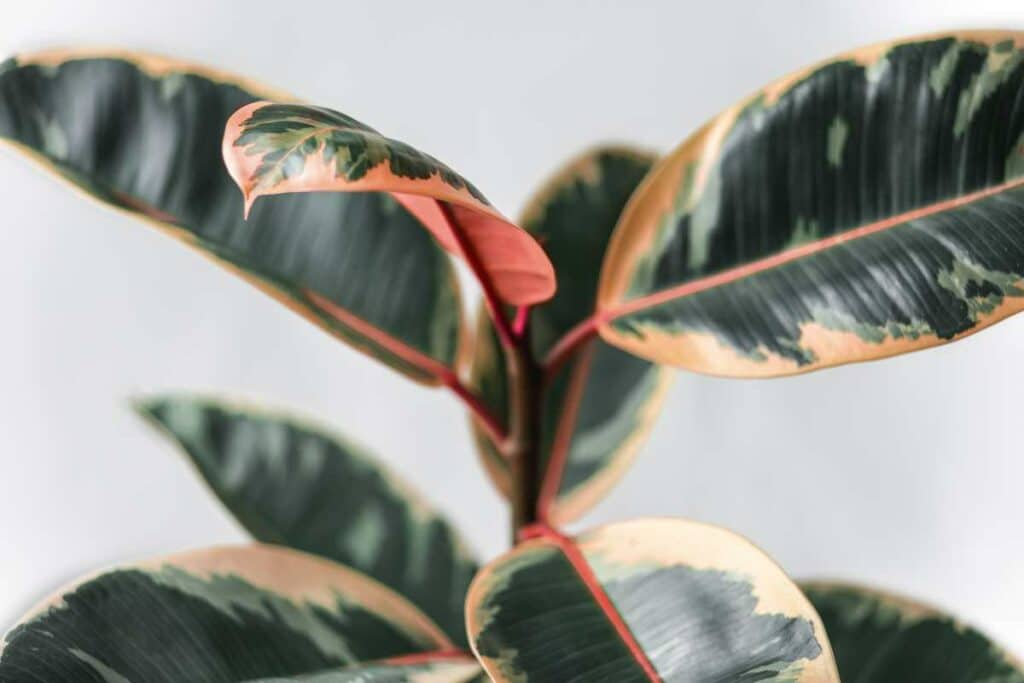Although Venus flytrap grows best outdoors, it may not always be possible.
It can be challenging to provide appropriate light due to deadly hot outdoors during summer, and the house may fail to let in plenty of sunshine.
As such, the plant may burn, grow unhealthy or die.
Artificial LED light may come to the rescue as it is designed to replicate the white spectrum from the sun to give Venus flytrap the blue and red wavelength it requires for growth. 12-14 hours of LED lighting are equivalent to 6-8 hours of sunlight.
LEDs are the best grow light for flytraps and are increasingly becoming popular with growers.
What to Expect: They produce high intense deep full spectrum at low voltage; hence it’s more energy efficient. It also has a longer life span than other grow light technologies.
What Are The Venus Fly Trap Lighting Requirements?
Lighting is a significant factor to consider when growing this carnivorous plant since the more light it receives, the healthier it grows.
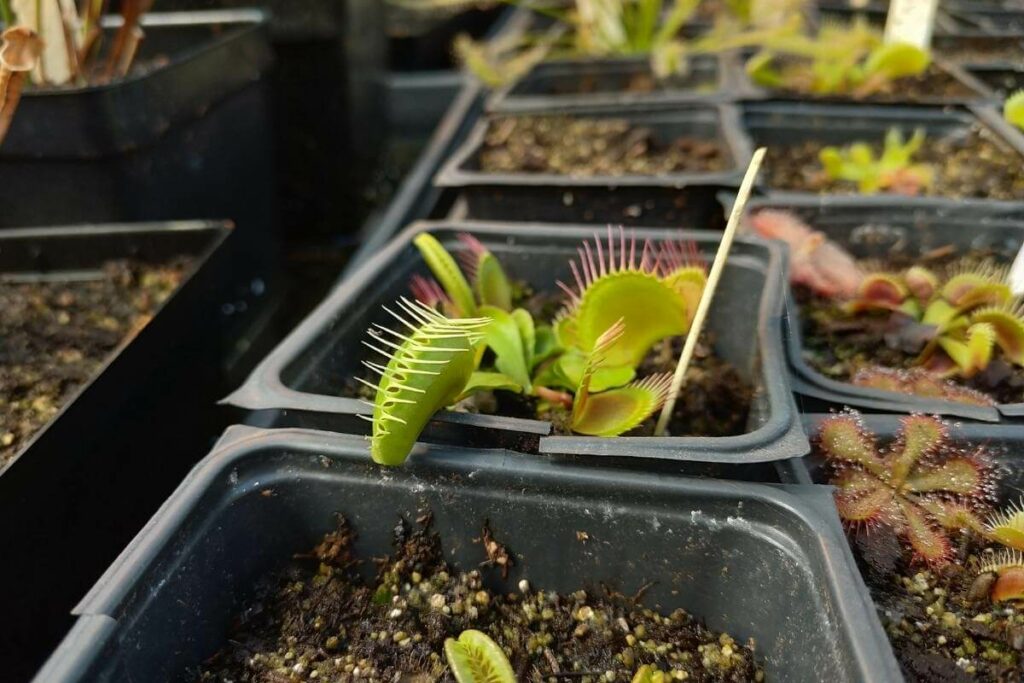
Venus flytrap requires a minimum of 4-6 hours of direct sunlight supplemented with 2-4 hours of indirect sunlight.
Sunlight, in general, gives higher quality light to plants; however, it doesn’t have to be direct/indirect sunlight, as with full-spectrum artificial grow lights, you can virtually match the quality of sunshine.
When employing LED artificial lighting, provide optimal light by extending the exposure period, preferably 12 to 16 hours, since artificial lighting can be less effective than sunlight.
This way, you will be able to provide the equivalent level of sunlight.
Why LED Artificial Lights Are The Best?
Provides White Spectrum Replicate to Natural Light
First of all, for a grow light to be deemed best, it should be somehow similar to sun rays.
This is because most plants, including the Venus flytrap, flourish in full-spectrum or white light, which comprises:
- red
- blue
- green
- orange
- indigo
- violet
- and yellow
Most species primarily need light on the red and blue wavelength to convert them into chemical energy.
LEDs resemble natural sunlight and produce high light quality. All color wavelengths are constituted in the LED chips, emitting the brightest white to simulate the sun.
Energy Efficient
Compared to other commercial lighting systems, LED lighting technology is very energy-efficient while still providing quality illumination.
They create a visible light spectrum without losing energy to irrelevant radiation and provide direct, steady light with no flicker.
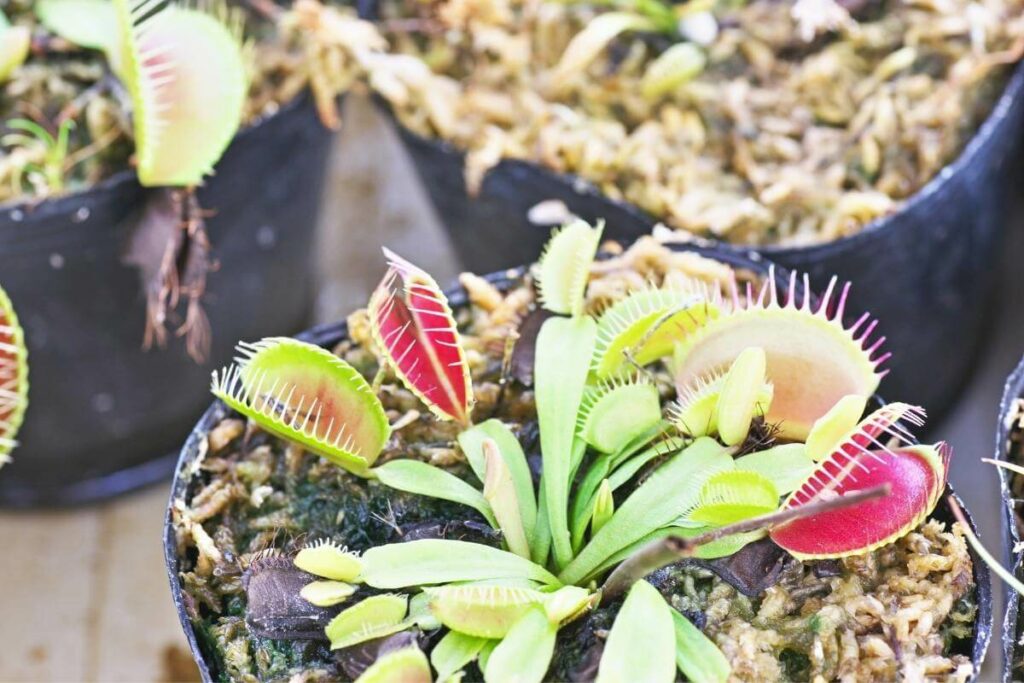
As a result, it reduces total electricity use and energy cost.
After accounting for all losses, the quantity of light that reaches the target area exceeds 50 lumens/watt, which is within the normal source efficiency range of 37-120 lumens/watt.
Little to No Heat Emissions
Unlike conventional lights, LEDs produce no heat, which reduces the risk of burning the Venus plant or heating the soil to undesirable conditions.
If the soil gets too hot, the roots will damage.
Long Life Span
Although LEDs are more expensive, they have a far longer lifespan than any other form of illumination on the market, frequently lasting 5 to 10 years.
LEDs have a lifespan of 50,000 to 200,000 hours or more since they do not have a filament and hence do not burn out.
As a Result: The LED lamp’s maintenance and repair expenses will be lower over time, such as changing bulbs, as with other lighting technologies.
Instantaneous Lighting System
LED grow lights outperform other grow lights in terms of instant illumination.
It takes almost no time to warm up or cool down before reaching maximum brightness and turning off.
Heat and Cold Tolerant
LEDs are also heat and cold resistant, making them suitable for all usual working conditions indoors and outdoors.
It is suitable for temperatures ranging from -40°C to 100°C.
Led Bulb Size
Applications in which growers can use LEDs are incredibly diverse.
That is why these lights can come in small sizes of less than 0.2 centimeters to industrial-level huge.
Thus, it can fit easily both indoors and outdoors, depending on the room of the grower.
Environment Friendly
LEDs are also eco-friendly and safe for human health in the unusual event that the tube breaks.
They are made of non-hazardous materials that are devoid of lead, mercury, and other poisonous components.
Factors to Consider When Installing Artificial LEDs
The Ideal Distance of the Plant to the Grow Light
It is essential to set up your lights at the proper distance from the flytrap when using LED bulbs.
It will ensure that the plant receives enough light to stay healthy. Therefore, the closer to the light the plant is, the better.
Installing the lights high above your venus flytrap allows it to absorb the necessary light without being burned. But, the more lumens the light has, the brighter it is and the farther away you should position it. Place the Venus flytrap within 12 -24 inches of the LED light.
As your plant grows, move the lights upward.
To change the height of the plant as it develops, use an adjustable bulb suspension system.
It also allows you to make modifications depending on the height of your plant to determine whether you need to increase or lower the light to get the ideal height.
The Correct Length of Time of Light Exposure
Put the plant under LED grow light for 12 to 15 hours a day, providing at least 6 hours of darkness.
Since they are not getting natural lighting, the artificial light will need to be on longer to emulate its typical day.
Furthermore, the amount of time you leave the lights on can also indicate to the plant what season it is.
This might alter their development depending on the number of hours of light they are receiving.
What we suggest:
- Consider using a timer to regulate the lights automatically, eliminating the need for you to remember to turn them on and off.
- For optimal results, please set it to 12 hours or more every day, which will ensure that the lights are turned on and off at the same time every day.
- Several LED lights may be set to deliver varying intensities at various times of the day. Some even include cutting-edge technology that allows you to link them with your smartphone.
Venus flytraps require an annual dormancy period of 3-4 months regardless of growing indoors or outdoors. Mimicking winter natural habitat conditions can affect dormancy by setting the daily light exposure to a shorter daily light interval, such as 8-10 hours, or placing them in the coldest areas like the basement or garage.
The vice versa is also true; you can add an extra daily hour or two of light a week (up to 14-16) until your Venus flytrap exits dormancy.
The Growing Surface Area
Once you’ve calculated your grow space and the number of plants you want to or are already growing, you can calculate how many lights and wattage you’ll need to cover the entire growing area.
Dionaea carnivorous plant species require about 15,000 to 25,000 lux of light for 12 to 16 hours per day.
The number of watts of LED bulb to be purchased depends on the size of the growing area.
A surface area of 1 square foot will require an LED bulb of about 20-25 watts.
The larger the growing surface area, the higher output and more extensive LED lights to install.
Final Thoughts
LED illumination can assist improve the overall health of Venus flytraps by delivering a spectrum that is approximately similar to natural sunshine at a low voltage and low power consumption cost.
Some come with innovative timers that ensure adequate and consistent lighting hours.
While LED grows lights are still significantly more expensive than fluorescent grow lights in the market, they pay off over time.
The considerable return is due primarily to lower maintenance costs over time, lower bulb replacement costs because they are less prone to burning out owing to a lack of a filament, and improved energy efficiency.
Also Helpful
- Philodendron Care, Varieties, And Aesthetic Home Arrangements
- Best House Plants for Low Light – Thriving Indoors with Minimal Sunlight
- 15 Air-Purifying Houseplants That Release The Most Oxygen
- Purple Houseplants: Your Guide to Dramatic Indoor Beauty
- Philodendron Moonlight Vs. Golden Goddess
- How to Revive Your Rubber Plant: 6 Tips to Help Your Rubber Tree Thrive Again
